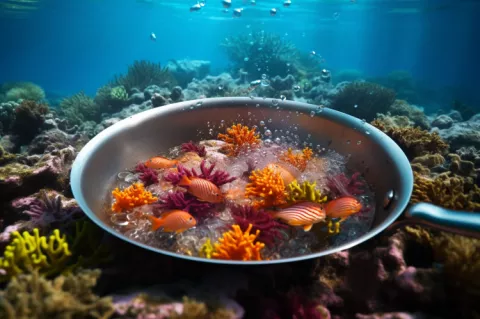Coral Catastrophe on Ningaloo Reef
An ecological disaster
Furthermore, the abundance of healthy coral colonies experienced a sharp decline from 3,452 individuals in 2018 to just 153 in 2022. The abundance of coral genera also took a significant hit, falling by 84.61% from 26 genera in 2018 to just four in 2022. Dominant genera such as Acropora, Montipora and Echinopora were eradicated from the study sites.














